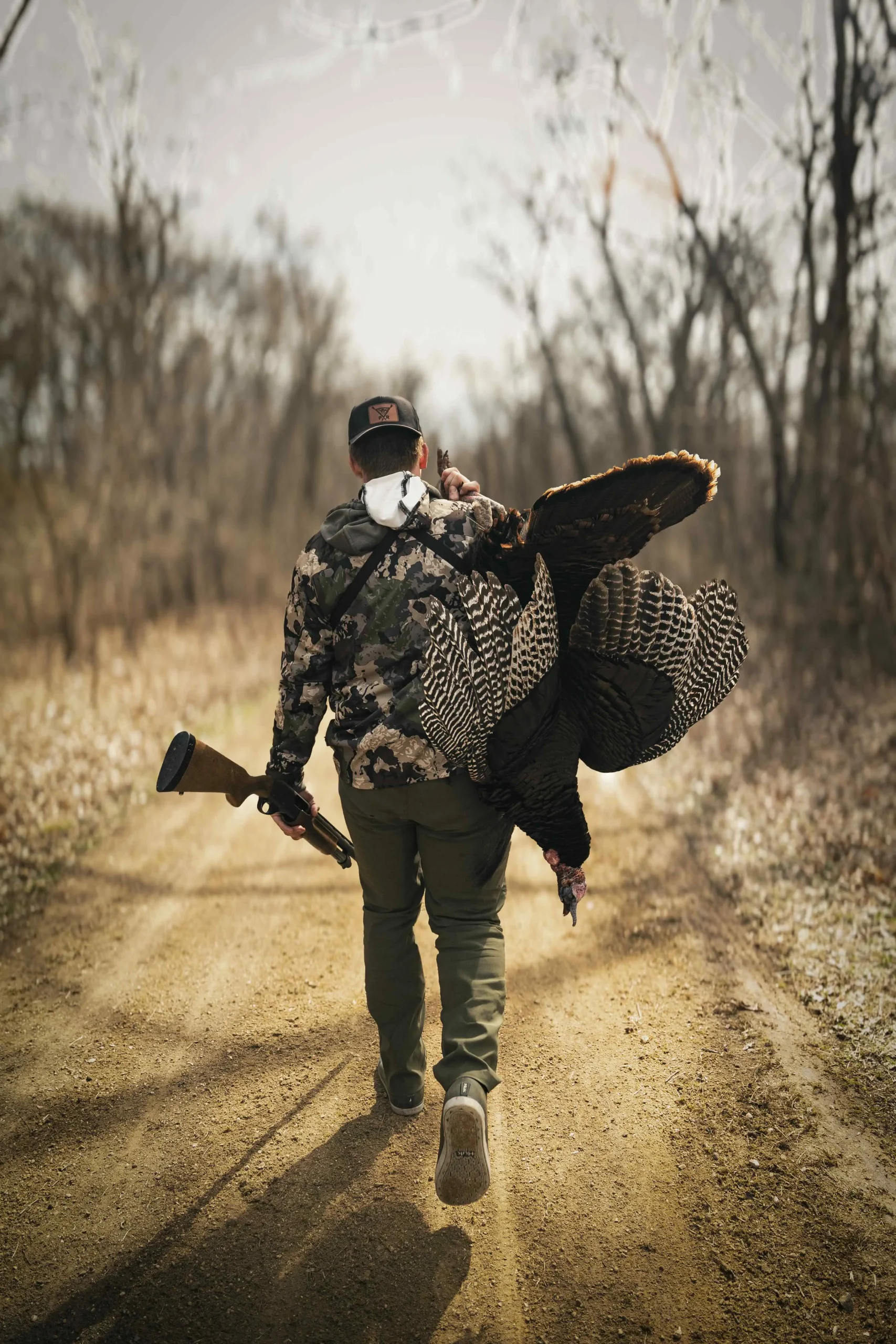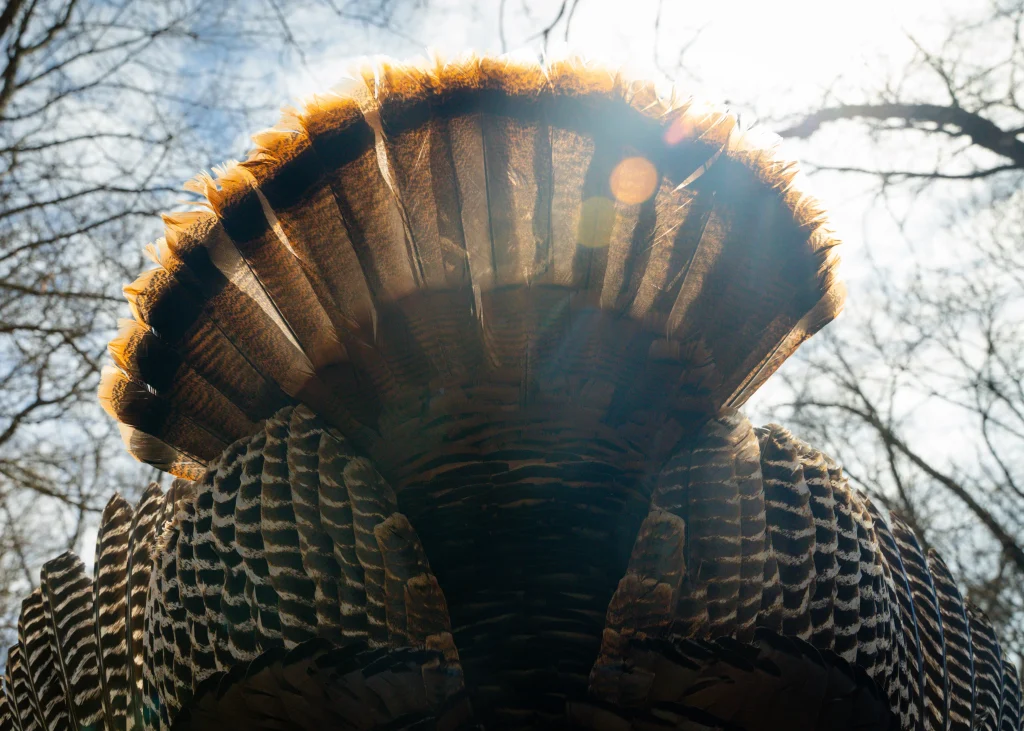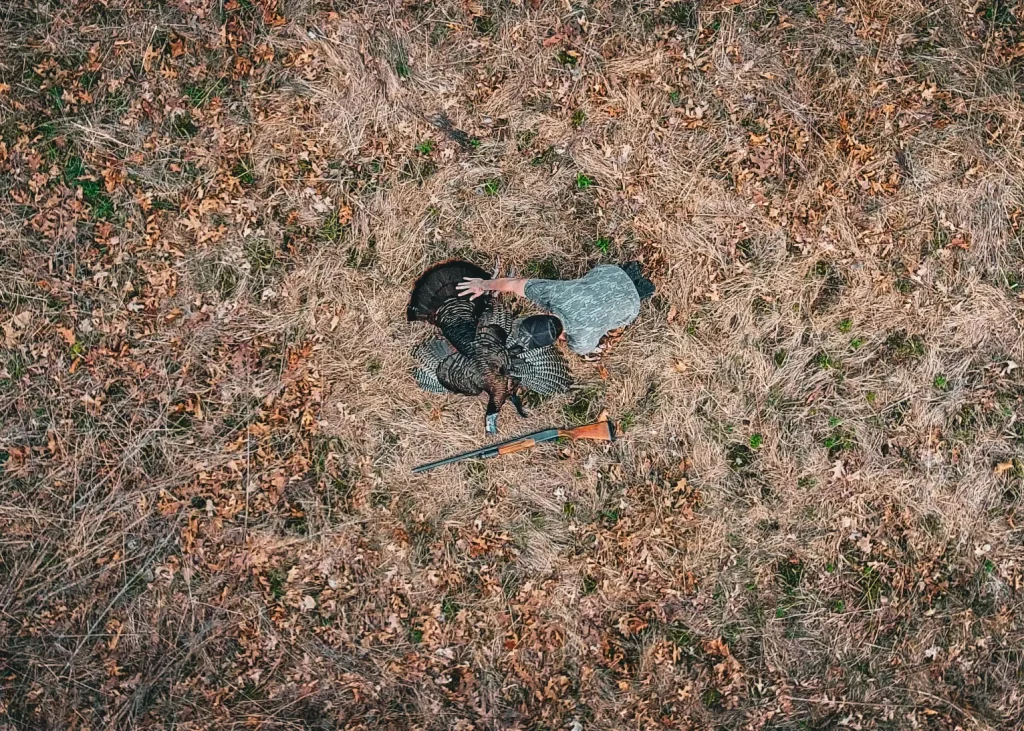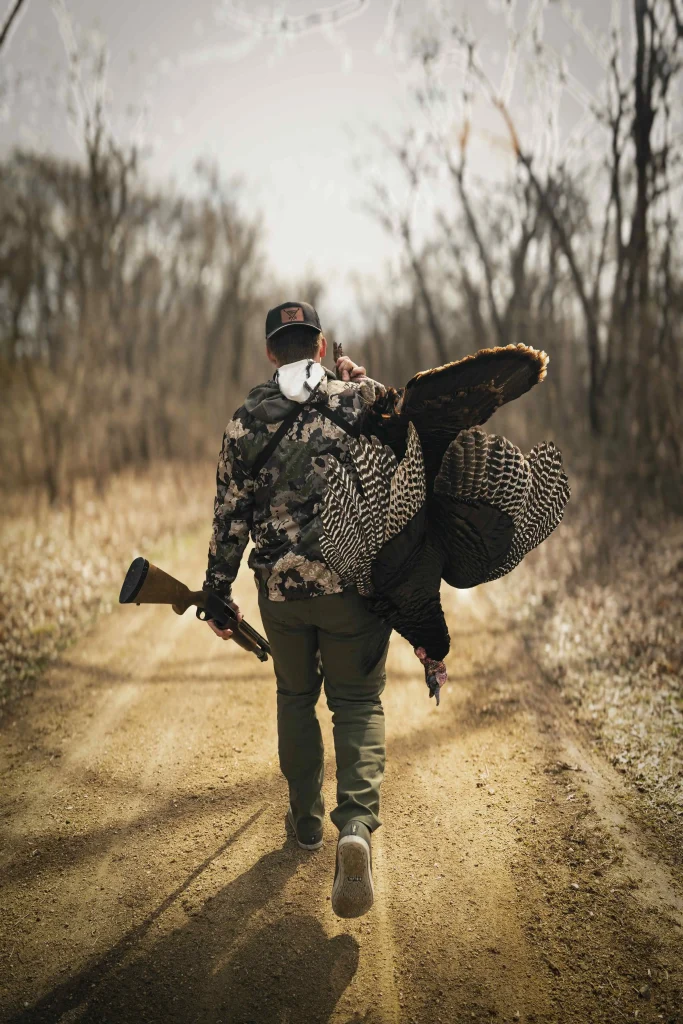Spring turkey hunting is more than just a seasonal pastime—it’s a strategic game of wits between hunter and bird. While many hunters rely on basic tactics, there’s a world of advanced strategies that can elevate your success rate. Let’s dive into some tactics seasoned hunters use to outsmart even the most elusive gobblers.

Master the Art of Silence
While calling is essential, overcalling can ruin your hunt. Veteran hunters often use the “call and shut up” method. After an initial series of calls, they go silent—forcing curious gobblers to investigate. This tactic plays on a turkey’s natural suspicion and often works better than continuous calling.
Understanding Terrain and Obstacle Navigation
Turkeys avoid barriers like fences, creeks, or thick brush. Before setting up, scout the area and position yourself on the same side of any obstacle as the gobbler. This small move often makes the difference in whether or not a bird commits to your setup.

Diversify Your Calling Arsenal
Not all gobblers react to the same sounds. Keep a slate, diaphragm, and box call handy so you can adjust your tone or cadence. Sometimes, just a change in pitch or rhythm can turn a skeptical bird into a strutter on a string.
Optimize Your Gear for Efficiency
Keep your vest tight and organized. Every call, shell, and accessory should be easy to reach to reduce movement when a tom is close. Also, treat your clothes with permethrin to guard against ticks—a huge issue in spring woods.

Hunt Late Mornings
Most hunters leave the woods too early. As hens go to nest mid-morning, toms become lonely and responsive. Between 10 AM and noon, you often find birds gobbling harder than they did at first light—so don’t leave too soon.
Be Stealthy
When moving in on a gobbler, hug cover—use terrain, trees, and brush. Turkeys have unbelievable vision, and one exposed movement can ruin your opportunity. Quiet, slow, and strategic always wins the game.
Final Thoughts
Spring turkey hunting isn’t just about calling—it’s about timing, patience, and adapting to every bird and condition. Implementing these lesser-known strategies can separate you from the average hunter and lead to more successful—and memorable—days in the field.


Stay Connected with The Hunting Grounds
Where the Hunt Never Ends — Join Us Online
Get a behind-the-scenes look at our hunts, land management, and daily life at The Hunting Grounds. From the field to the firepit, we share it all. Tap below and follow us for exclusive content and real-time updates.
